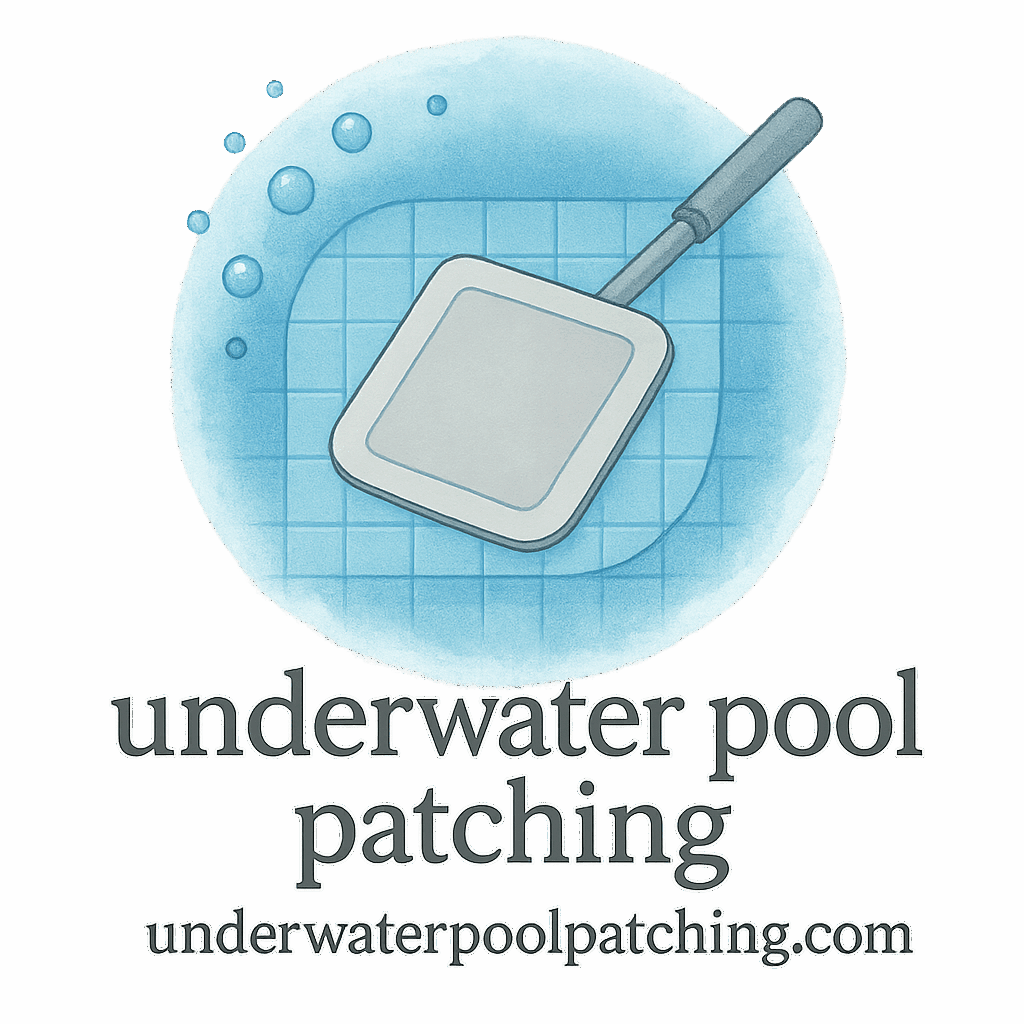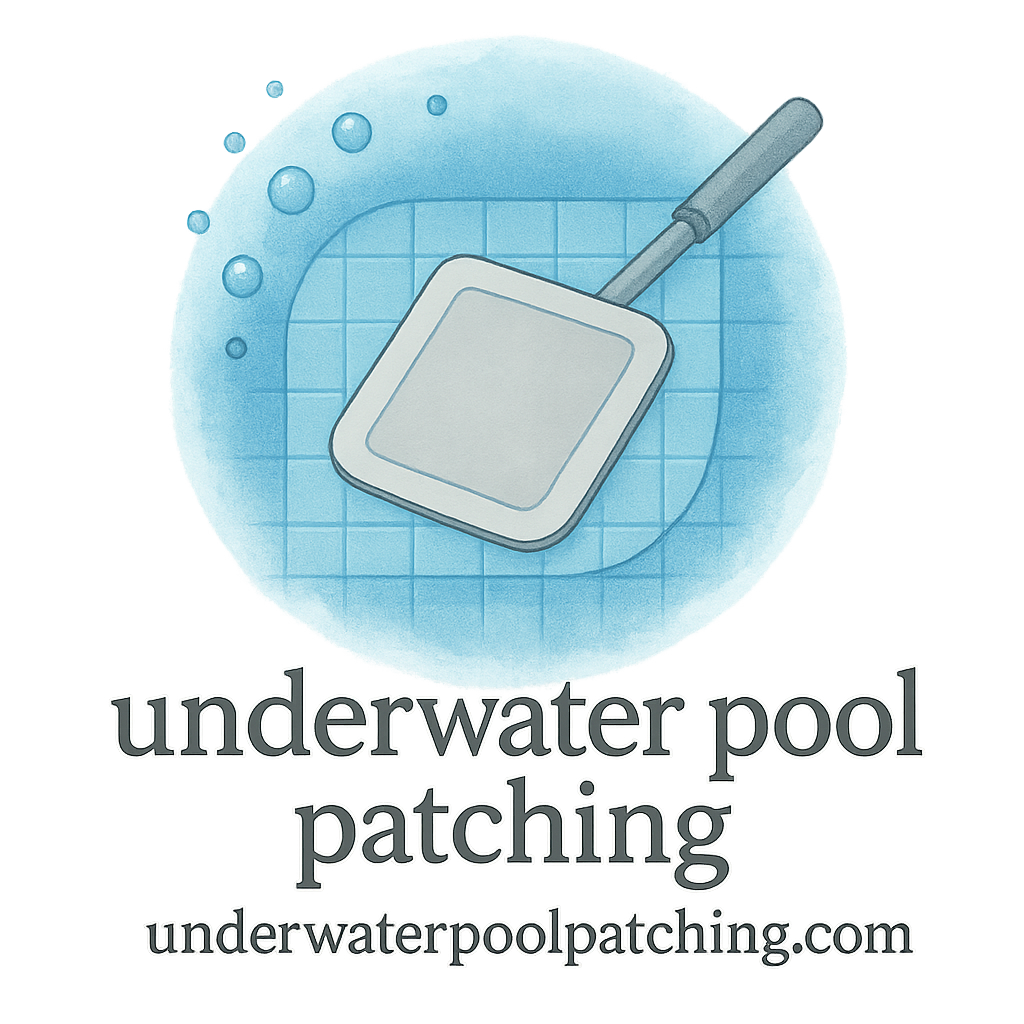Introduction: Why Application Tips for Pools Matter
If you own a swimming pool, you already know it’s more than just a backyard luxury—it’s an investment. Keeping that pool in tip-top condition requires regular care, whether it’s patching a liner, fixing a leak, or ensuring the finish is smooth and long-lasting. That’s where application tips for pools come in. But here’s the million-dollar question: should you do it yourself (DIY) or call in the pros?
The choice often boils down to cost vs convenience. On paper, DIY looks cheaper, but mistakes or lack of experience can turn small issues into big, costly repairs. On the other hand, hiring a professional can save you time and stress but may stretch your budget. So how do you really know which option is best?
Let’s dive into 8 cost comparisons for DIY vs professional application tips for pools—this will help you weigh the real costs, not just the upfront numbers.
DIY vs Professional Pool Care: The Big Debate
When DIY Makes Sense
DIY shines when the project is simple, like patching a minor tear, smoothing edges, or doing basic routine checks. If you’re comfortable following guides, using standard tools, and have the time to learn, DIY can be a huge money-saving option.
When Pros Are Worth It
Calling in professionals makes sense when the job requires specialized tools (like a pressure test) or technical knowledge (such as advanced leak detection). A botched repair could shorten the patch life, making your “cheap fix” more expensive in the long run.
Cost Comparison #1: Initial Investment
Tools and Materials for DIY
DIY requires an upfront purchase of materials like epoxy, vinyl patches, or sealants. While a basic patching kit might cost under $50, you’ll need additional tools like smoothing trowels, cleaning supplies, and protective gear. That initial investment can add up to $100–$200.
For guidance, you can explore resources like patch types and materials to better understand what you’ll need.
Equipment and Service Fees for Pros
Hiring a pro eliminates the need to buy tools. However, service fees often range from $200 to $600 depending on the job. Complex repairs may cost even more, especially if restoration is involved.
Cost Comparison #2: Time Commitment
DIY Labor Hours
DIY may seem cheaper until you factor in time. Reading instructions, buying materials, and actually applying the patch could take hours, especially if you’re a beginner.
Speed and Efficiency of Professionals
Professionals know the techniques inside out. They can finish the job in a fraction of the time, letting you enjoy your pool sooner. That time-saving element is often overlooked but valuable.
Cost Comparison #3: Quality of Results
DIY Learning Curve
Let’s be real—your first few attempts at patching might not be flawless. Edges may peel, seams may not bond properly, or the finish may lack smoothness.
Professional Precision
Pros bring experience. They know how to achieve a polished, durable result, from edge finishing to ensuring the patch blends seamlessly with the pool surface.
Cost Comparison #4: Long-Term Maintenance
Routine Checks and DIY Upkeep
DIYers can save money by doing routine checks themselves—inspecting for leaks, brushing, and cleaning. The catch? You’ll need consistency and discipline.
Check out inspection and diagnosis tips to learn what to look for.
Professional Maintenance Plans
Many pool companies offer maintenance plans or subscriptions, giving you peace of mind. While pricier, they reduce the risk of missing problems that could snowball.

Cost Comparison #5: Risk of Mistakes
DIY Errors That Can Be Expensive
Using the wrong materials or skipping steps like smoothing can mean your patch doesn’t hold. You may even damage the liner further, leading to bigger repair bills.
Professional Accountability
Most reputable pros guarantee their work. If something fails, they’ll fix it at no extra cost. That safety net is worth factoring into the cost.
Cost Comparison #6: Material Longevity
Choosing the Right Patch Materials
DIY pool owners may go for cheaper patches, but these often lack durability. Investing in high-quality epoxy or strong liners extends the repair’s lifespan.
Learn more from patch types and materials.
Expert Recommendations
Pros know exactly which material suits your pool’s structure, water chemistry, and usage. Their choices often mean fewer repairs down the road.
Cost Comparison #7: Specialized Repairs
Leak Detection Challenges for DIYers
Finding a small leak in a large pool can feel like searching for a needle in a haystack. DIY dye tests work but aren’t foolproof.
Check the leak detection guide for DIY methods.
Pressure Testing by Professionals
Pros use advanced tools like pressure tests to pinpoint leaks quickly and accurately. While this service costs more, it prevents wasted time and guesswork.
Cost Comparison #8: Hidden Savings
Money-Saving Hacks for DIY
DIYers can save by buying bulk materials, learning patching techniques, and staying on top of preventive maintenance. These small habits build big savings.
Explore tips under cost-saving strategies.
Subscription and Service Discounts
Pros often provide subscription packages or seasonal deals. Though upfront costs are higher, the bundled savings on labor, materials, and routine checks add up.
Tips for Making the Right Choice
Balancing Budget and Quality
If your budget is tight, DIY may be your best bet. But if quality and durability matter more, investing in professional help is wise.
Thinking Long-Term
Don’t just focus on today’s costs—think about patch life, maintenance needs, and potential repairs down the road. Sometimes spending a little more now saves a lot later.
For more, see cost budgeting advice.
Conclusion
So, who wins in the battle of DIY vs pro application tips for pools? The truth is, it depends on your situation. DIY is cheaper and satisfying when done right but risky if you’re inexperienced. Pros cost more upfront but deliver precision, speed, and long-term savings.
At the end of the day, it’s about finding the balance between budget and quality. Whether you’re patching a small tear or planning a major restoration, weigh the real costs—including your time, stress, and peace of mind—before diving in.
FAQs
1. What’s the biggest cost difference between DIY and pro pool repairs?
DIY saves on labor costs but requires buying tools and materials. Pros charge more upfront but often provide warranties and longer-lasting results.
2. Are DIY pool patches reliable?
Yes—if done correctly with quality materials. But improper application can shorten their lifespan.
3. How do pros detect leaks more effectively?
They use advanced methods like pressure tests and specialized equipment, which are more accurate than DIY dye tests.
4. Is a maintenance subscription worth it?
For busy pool owners, yes. Subscriptions cover routine checks and catch issues before they escalate.
5. What materials are best for long-lasting patches?
High-quality epoxy, strong vinyl, and reinforced liners generally last longer than cheap alternatives.
6. Can I combine DIY and professional help?
Absolutely. Many pool owners handle small tasks themselves while calling pros for bigger jobs.
7. Where can I learn more about pool patching and cost-saving tips?
Check resources like Underwater Pool Patching for guides on repair techniques, maintenance, and budgeting advice.


